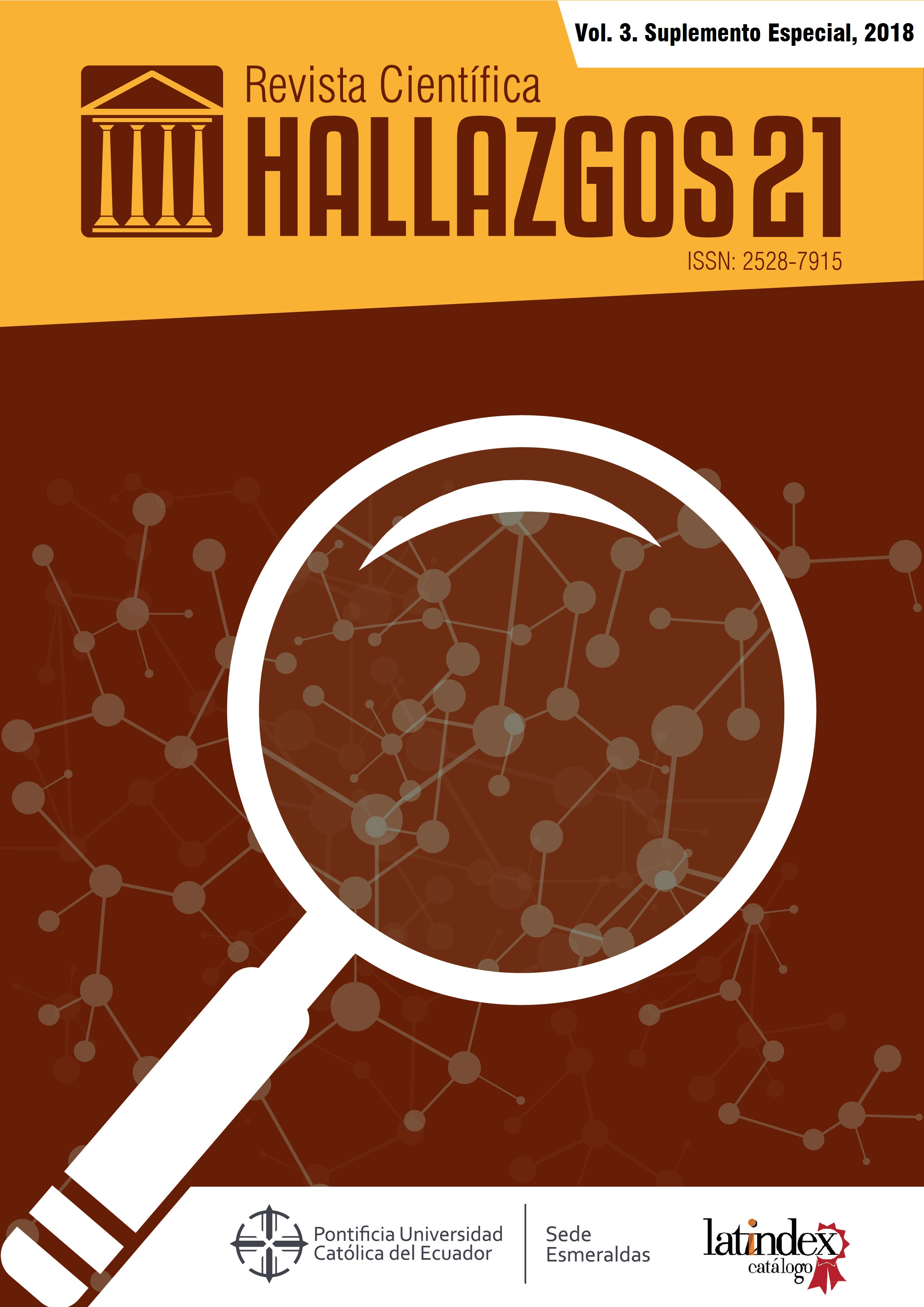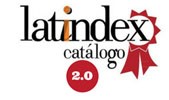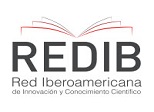Methodology to include in the Chairs the linkagewith the Community. Perspective of the Design and Social Innovation
DOI:
https://doi.org/10.69890/hallazgos21.v3i0.223Keywords:
methodology; link with the community; design and social innovation.Abstract
The Pontifical Catholic University of Ecuador Sede Esmeraldas is at the service of the community, supporting through its careers the social and economic development of the most vulnerable groups of the locality.
The purpose of this study is to explain in a descriptive way the methodology applied in the graphic design career to involve in class subjects different projects, aimed at satisfying the need of a community group according to the Annual Career Plan.
To achieve the expected results, a process consisting of several steps was developed, which allowed for a dynamic and versatile intervention, involving different stakeholders such as: responsible for linking the career, project managers, support teachers, students and direct beneficiaries.
The methodology for the application of this process, started from meetings that integrated different estates such as: the direction of link of the PUCE-Esmeraldas, direction of the graphic design school, project managers, support teachers and students. Among the activities proposed were the observation visits, as well as work tables structured by; Responsible for linking and projects, in other cases, those responsible for projects and support teachers. Subsequently, conversations were held between support teachers and students. Additionally, interviews were given with the beneficiaries.
As a result of this methodology, it was obtained that 66% of the students of the career made links with the community within their academic activities and the remaining percentage, the predominant factor was that they belonged to the first level. On the other hand, 100% of the teachers designated to this process, fulfilled their assignments. A teacher was also voluntarily incorporated, which affected the actions opportunely and positively as part of the relationship.
In conclusion, the application of this methodology allowed both teachers and students to comply with the link within their academic days allowing autonomous work at the service of disadvantaged sectors of society. In the same way it was identified that the students of 1st level and those who took one to five subjects in different levels, did not participate in the activities of linking, preventing them from contributing to the objectives set in the project.
References
Buckland, H. y Murillo, D. (2014). La Innovación Social en América Latina. Socialab. Impulsando la creatividad para luchar contra la pobreza. Universidad Ramón Llul. Instituto de Innovación Social. Recuperado de: http://proxymy.esade.edu/gd/facultybio/publicos/1431615596632_Socialab.%20Impulsando%20la%20creatividad%20para%20luchar%20contra%20la%20pobreza.pdf
Diaz, C. y Anacona, A. y Marín, H. (2007). La interdisciplinariedad a través de la resolución de problemas: estrategia de enseñanza y aprendizaje de la física. Universidad de Antioquia. Medellín. Recuperado de: http://ayura.udea.edu.co:8080/jspui/bitstream/123456789/641/1/2014%20-%20La%20interdisciplinariedad.pdf
CEAACES (2015). Aseguramiento de la calidad de la educación superior. Recuperado de:http://www.ceaaces.gob.ec/sitio/wp-content/uploads/2013/10/Resoluci%c3%93n-no.-026-ceaaces-se-02-2015-informe-t%c3%89cnico-jur%c3%8ddico-solicitud-revisi%c3%93n-enec-y-habilitaci%c3%93n-profesional.pdf
Carvajal, Y. (2010). Interdisciplinariedad: desafío para la educación superior y la investigación. Revista Luna Azul. Universidad de Caldas. Colombia. Recuperado de: http://www.scielo.org.co/pdf/luaz/n31/n31a11.pdf
Didrikisson, A. (2010). Una nueva universidad para la sociedad del conocimiento. Revista TEMAS. Universidad de Holguín Oscar Lucero Moya Cuba. Recuperado de: file:///C:/Users/ladys.vasquez/Downloads/Dialnet-LaInterdisciplinariedadEnLasInvestigacionesEducati-4228305.pdf
Gezmet, G, Sánchez, E. (2013). Debates actuales sobre extensión universitaria. En Barriento M. Compendio bibliográfico asignatura Extensión Universitaria. Córdoba. Secretaría de Extensión, UNC.
ISAD (2015). Diseño Social. Recuperado de: http://www.isad.edu.mx/site/wp-content/uploads/2015/03/Convatoria_Prevenci%C3%B3n-de-embarazo-adolescente.pdf
Maass, M. y Sabulsky, G. (2015). La vinculación como estrategia de formación en la educación superior. Áreas de Humanidades y Ciencias Sociales y de Artes, Arquitectura y Diseño. Red Innova Cecal. Recuperado de:
http://www.innovacesal.org/micrositio_redic_2015/05_redIC_HCS_ADA_guia_ed.pdf
Martino, S. (2017). La interdisciplinaridad Universitaria. Una propuesta según Leonardo Polo. Naturaleza y Libertad. Volumen (8). Recuperado de: https://www.uma.es/naturalezaylibertad/resources/Vol_8_2017/7-Martino.pdf
Moncada, G. (2011). Experiencias de vinculación con la sociedad en la Universidad Pedagógica Nacional Francisco Morazán. Revista de Investigación Educativa. Universidad Pedagógica Nacional Francisco Morazán. Honduras. Recuperado de: http://postgrado.upnfm.edu.hn/revistas/n30/05.pdf
Pizarro, R. (2017). Los equipos interdisciplinarios. Costa Rica. Recuperado de: http://conexiones.dgire.unam.mx/wp-content/uploads/2017/09/Los-equipos-interdisciplinarios.pdf
Torrelles, C. et al. (2011). Competencia de trabajo en equipo: definición y categorización. Universidad de Lleida y Universidad Rovira i Virgili de Tarragona. Recuperado de: http://www.ugr.es/~recfpro/rev153COL8.pdf
Downloads
Published
How to Cite
Issue
Section
License
Los artículos enviados a la Revista Científica Hallazgos21 deberán ser totalmente originales e inéditos.
Los autores son los responsables de los textos y las imágenes incluidas en los artículos y no necesariamente reflejan el pensamiento de la editorial o de la Pontificia Universidad Católica del Ecuador, Sede Esmeraldas (PUCESE).
Los autores disponen cederle a la Revista Científica Hallazgos21 todos los derechos inherentes para la edición, publicación y distribución o divulgación del mismo.
Se autoriza a las revistas firmantes de los acuerdos de Encuentros de Revistas Latinoamericanas para reproducir en parte o totalmente los artículos con la sola mención de la fuente claramente señalada.







